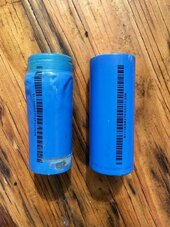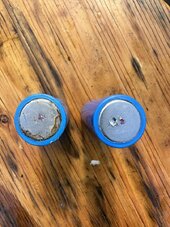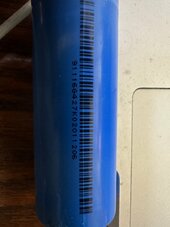Done, dead.
It is possible to feed them voltage but it could be very dangerous.
There is one or more cells in that group with an internal short that bled out the rest in that group. This could result in fire if you charge them.
If you dont find this cell(s) It is a hopeless project.
Your only option is to find an identical group (very unlikely)
Or spot weld your own group. Ideal it could fit back in the case

Or use it as a 15s battery. You would need to wire up a different BMS to do this. This could be beyond the scope of your comfort and experience.
I have built battery banks out of 18650s in the past and have a spot welder. Its not too terrible. You could never reuse those nickel buses tho. It will be destroyed if you try to remove the cells from it.
The problem with cheap spot welders is that they rarely have any way to have 3 deep as the welder part is fixed. You would need a spot welder that has a hand held welder.
You could perhaps look at Batteries Plus, I have heard they can repair power tool batteries. The same machine that can do that could most likely help you.








